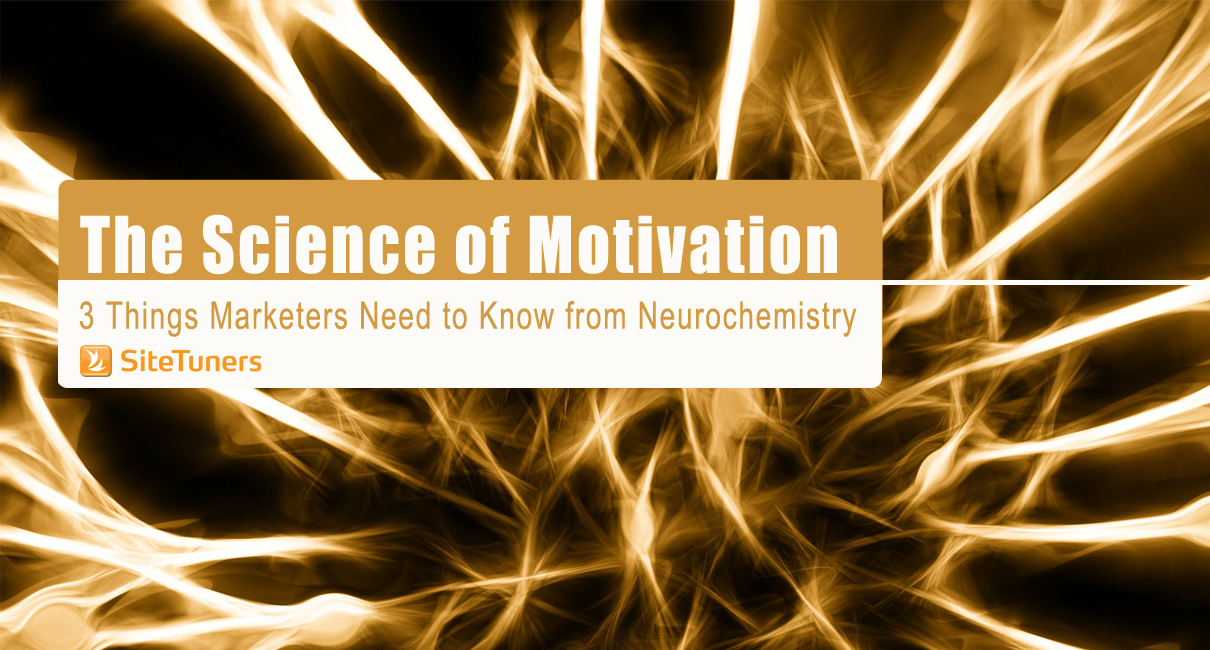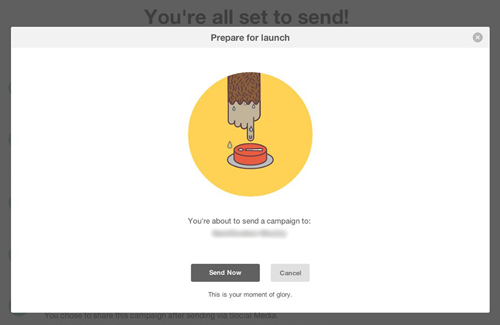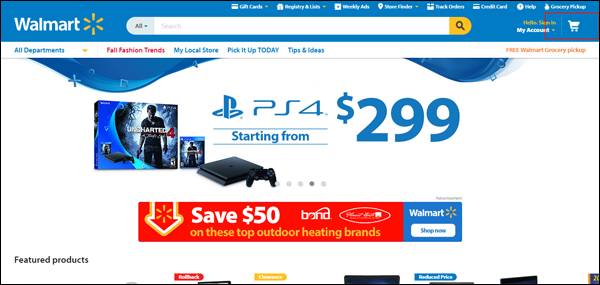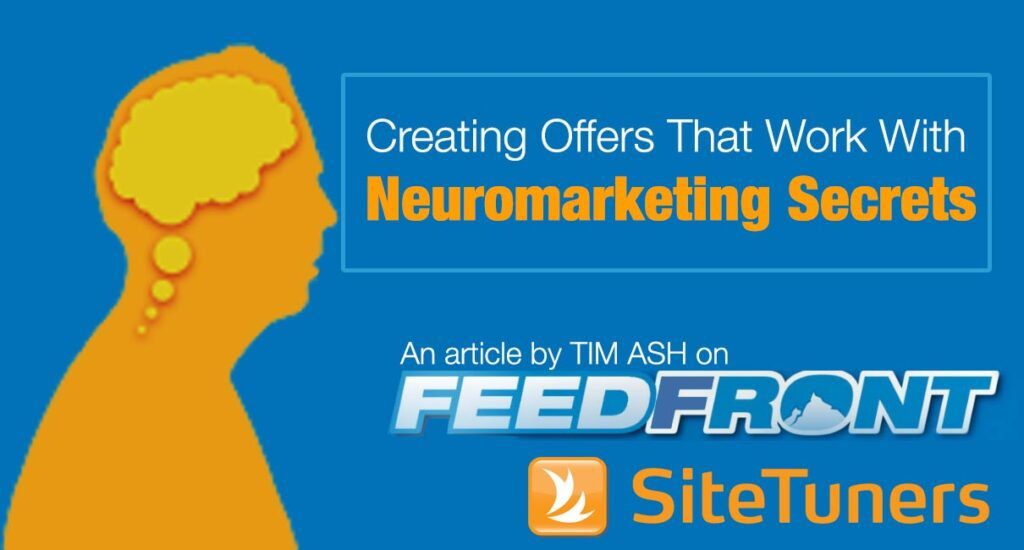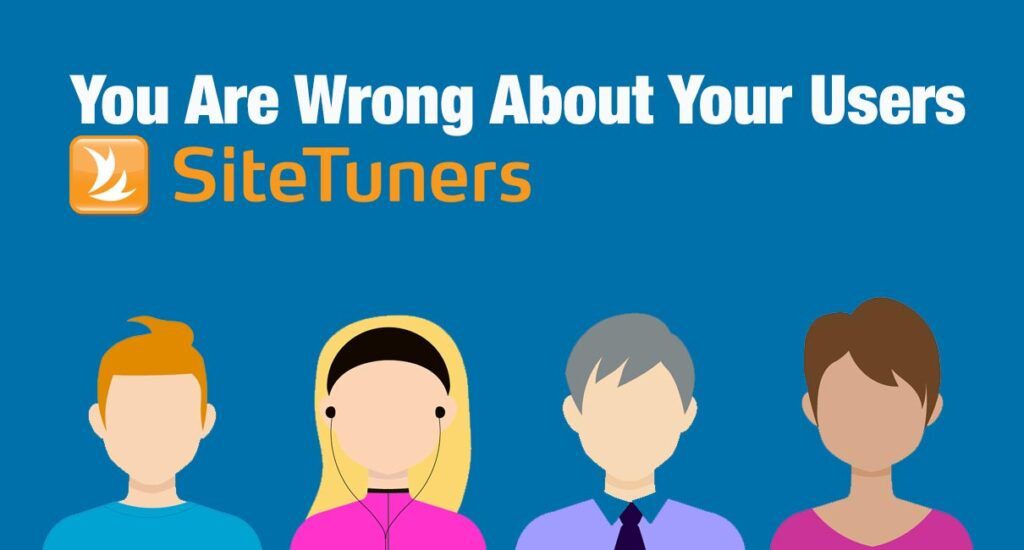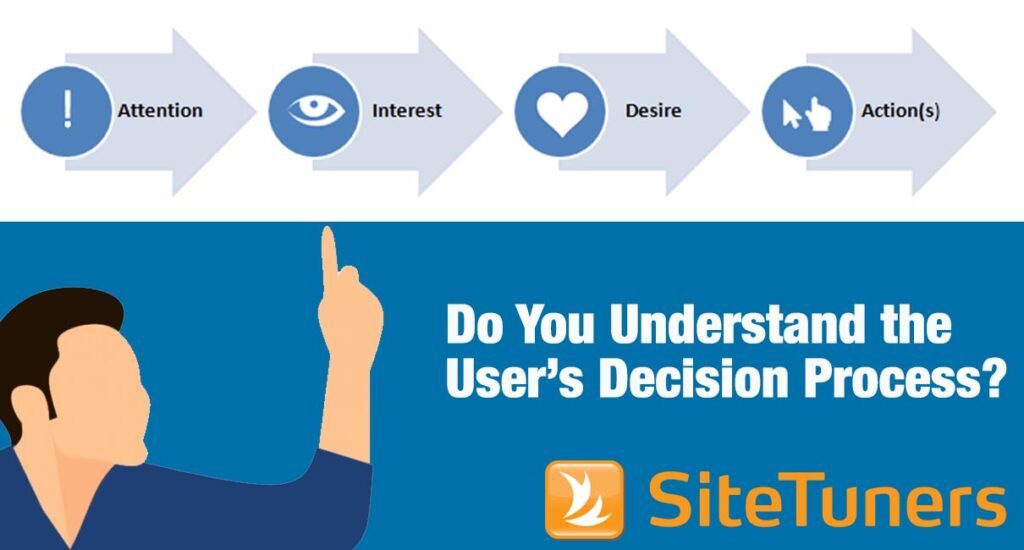When marketers think about getting people to act, there’s a tendency to focus on the technology and not the operating system, a.k.a the human brain, on which the technology functions on.
That’s a mistake.
The underlying mechanisms of the brain should guide online marketers if they are to create persuasive web pages.
In an episode of Landing Page Optimization, SiteTuners CEO Tim Ash and AlterSpark Senior Scientist and Director Brian Cugelman talk neurochemicals and how they motivate people to act.
1. Bad user experience triggers cortisol, a stress hormone
Evolution has taught the human brain to do more of the things that help it survive and avoid those that threaten its well-being.
Cortisol, the primary stress hormone, plays a huge part here – it wakes us up and raises our awareness when there’s a perceived threat.
Too much of it, however, leads to high levels of stress and anxiety.
And though we might not think of sitting in front of a web browser as a stressful activity, bad user experience does trigger cortisol. That typically happens when the user’s intent is not matched or when users …
- … encounter broken pages or errors
- … struggle with navigation
- … try hard to understand what labels or buttons mean
When users encounter unintuitive design and ambiguous messaging, they expend mental effort to identify what a button does or if it’s what they need click to get to their goal, for example.
Brian notes that this might not matter as much for trivial interactions. But if someone is sending out a big marketing campaign, for instance, clicking on the wrong button could potentially be embarrassing. In instances like this, you put the user under a lot of pressure.
MailChimp plays on the nervousness people have online with the image of the sweaty monkey who’s about to push the send button.
You can speed up the user’s cognitive process by following web conventions, so they know where to look and they can quickly interact with your page.
This, however, doesn’t mean jumping on the bandwagon and doing things because it’s the fad. Following web conventions means doing things a certain way because your target audience is used to interacting with web pages that way.
Follow web conventions. In an e-commerce web site, for instance, people expect to find the cart in the upper-right portion of the page. Putting it somewhere else will only add unnecessary cognitive load on our customers.
2. Cortisol can be used strategically to motivate people
Cortisol is not necessarily bad news for marketers.
In its healthy state, cortisol can be used as basis for loss aversion tactics to scare someone into acting.
When people deal with limited availability, stress is present because they know they have to compete and that they’ll miss out if they don’t act fast.
Keep this in mind when designing pages, as loss aversion or pain avoidance is twice more powerful a motivator than potential positive gains.
This applies not only to physical goods but to non-tangible offers as well, such as access to information. You can nudge people to act faster, for example, if you let them know that they’ll miss out on a bonus e-book if they’re not part of the first 100 people to sign up for your webinar.
Negative versus positive messaging
Brian notes that different situations call for different types of messaging.
In the area of health, for instance, to get someone to quit smoking or drinking, you don’t generally start with the positive outcomes the person gets from making the change. Instead, the messaging focuses on the negative effects of the addictive behavior (e.g. negative social impact on the family).
People are often in denial and generally resistant to change, Brian explains. So, the idea is to initially shock them with the negative and make them realize the full emotional impact of their situation.
Once your message gets through, the person is possibly in a moment where they can start making the change. Then, as the person moves towards learning the skills, that’s when you switch to positive messaging.
‘Want more tips on creating pages that motivate visitors to act?
Click here to read 6 Persuasion Techniques You Need to Arm Your Site With.
3. Dopamine, the primary reward chemical, helps people move towards a goal
If cortisol motivates people to act because of pain avoidance or fear of missing out, dopamine moves people to action for positive reasons.
Brian explains that when we anticipate a reward, our brain releases dopamine.
In marketing, the value proposition and benefit statements are dopamine-inducing – they’re a promise that the audience will get their needs met.
A well-crafted value proposition will trigger dopamine – it will capture the reader and convince them that what you’re offering is something they really want.
Essentially, dopamine helps people move towards goals that we think enhance survival. Brian identifies the following as needs that people try to meet and are, therefore, motivators:
• Social need
This is our need to connect with other people. On the flip is the need to not feel disassociated or rejected by the group.
So anything that allows people to connect with others will be motivating. Social media, for instance, feeds primarily on this need.
Brian notes that though this need varies from person to person (some people are internally-focused while others are externally-focused), belonging to a group is a core human need. (This is why, in prison, solitary confinement is considered one of the worst punishments.)
Tim adds that through the years, the human brain has learned that attachment to the group has survival benefits and being outside the group is a dangerous place to be.
• Social status needs
This is the part of social behavior where we’re constantly comparing ourselves to others.
Brian explains that when we meet someone, for example, our tendency is to do a social comparison and assess where we are compared to the other person in the hierarchy.
And this ties to our need to feel that we’re given due respect and honor in different situations. On the flip side is the need to not feel demeaned or not treated with the right level of respect.
Keep the brain in mind when designing your pages
If you want to create web pages that convert, remember that …
- … unintuitive design and ambiguous messaging trigger cortisol, the primary stress hormone. Too much stress will cause users to leave, so make messaging clear and follow web conventions.
- … you can strategically use cortisol and use it as basis for loss aversion. Let visitors know that they’ll miss out if they don’t act fast (e.g. show number of items left or the time left till the deal becomes unavailable)
- … people care about being in groups, and within those groups we care about the pecking order. How this is expressed may vary in different cultures, but the basic human needs for inclusion and status within the group are powerful motivators.
Listen to “Psychological Architectures for Conversion with Brian Cugelman” podcast from Cranberry Radio.
Resources mentioned:
